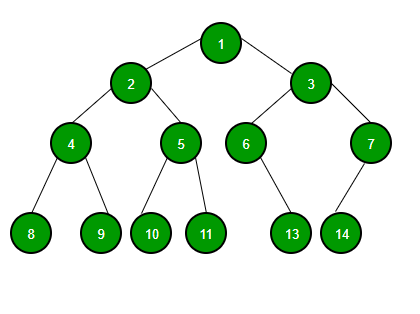Binary trees

Oscar David Porras Orjuela - 854046 Juan Sebastian Barrera Lasprilla - 833481 Introduction Binary trees are fundamental data structures in computer science, widely used for organizing and manipulating hierarchical data. we are going to show you the basic concepts of binary trees and how implementat it in Java. What are Binary Trees? It is a tree-like data structure consisting of nodes, where each node can have at most two child nodes, referred to as the left child and the right child. The topmost node in a binary tree is known as the root. Nodes in a binary tree can be connected in a way that reflects a hierarchical relationship, making it an efficient choice for organizing data that has a parent-child association. Glossary Node: Each element in a binary tree is called a node. It contains data and pointers to its left and right child nodes. Root: The topmost node of a binary tree is referred to as the root. Leaf Node: Nodes that do not have a...
